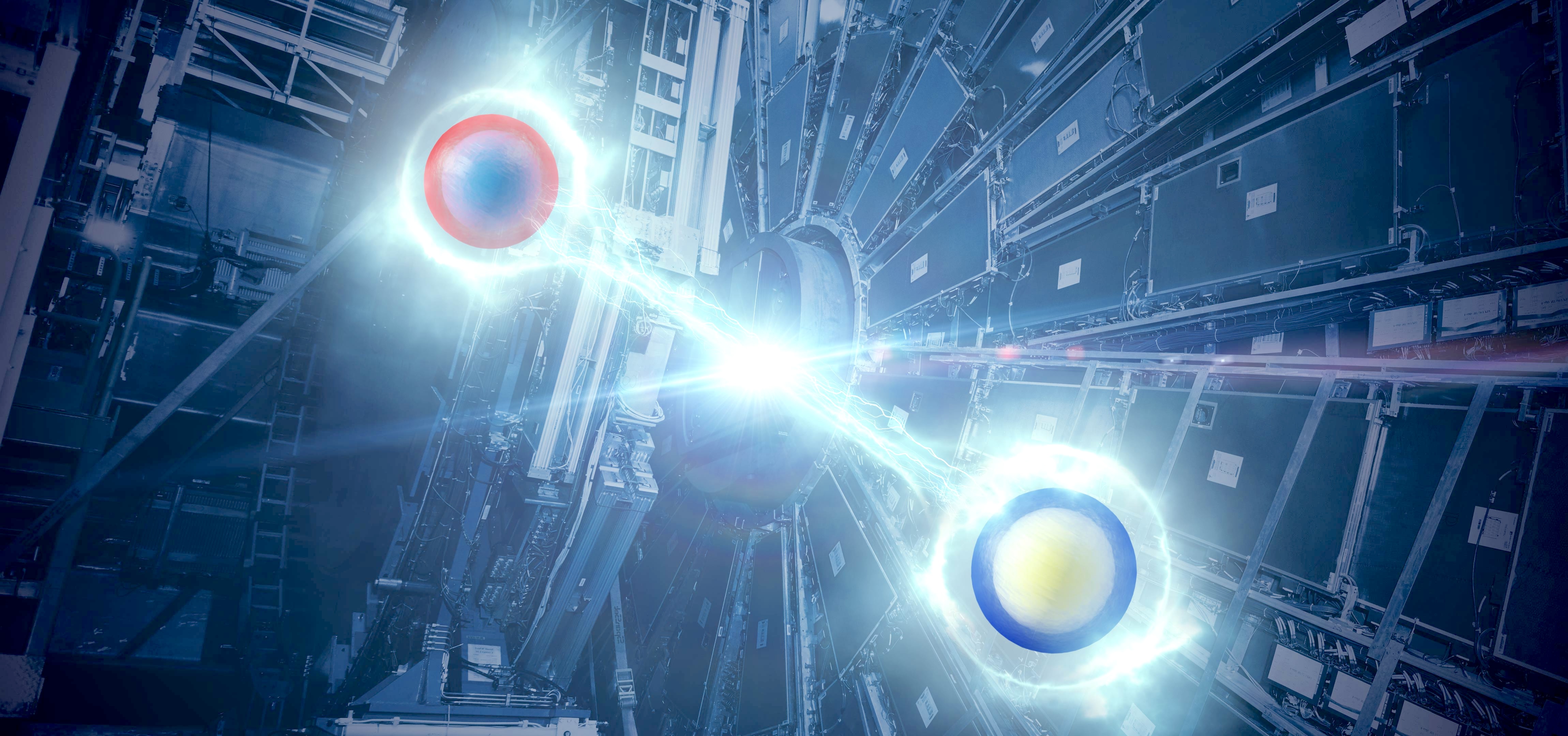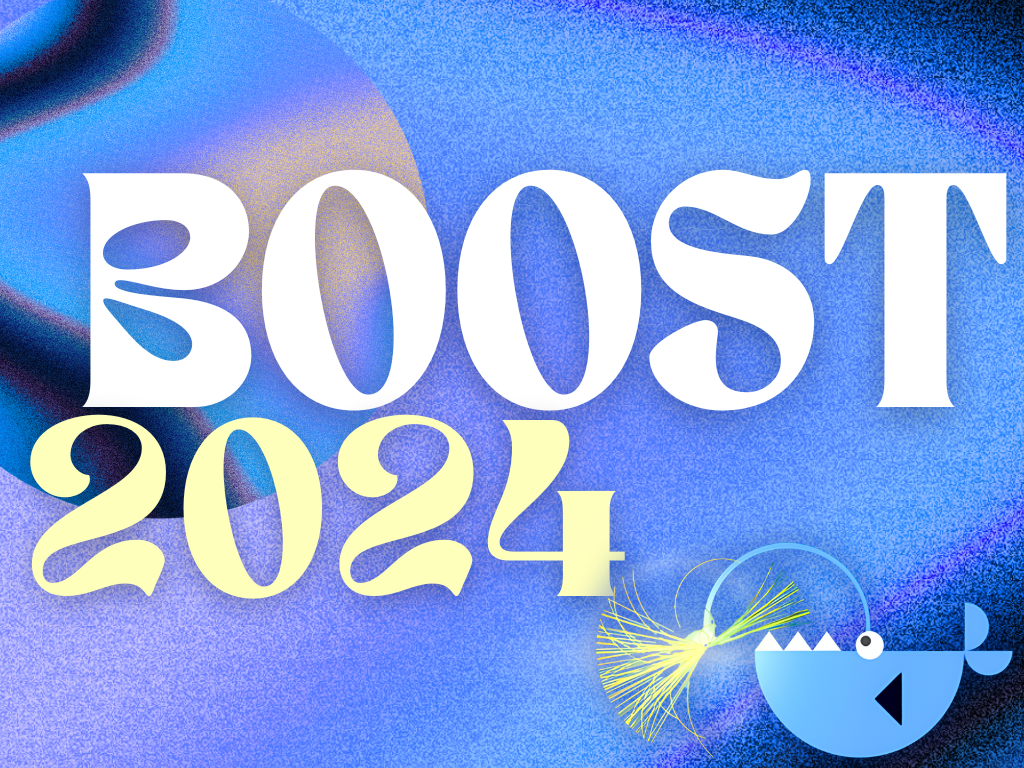Probing physics beyond the Standard Model with heavy vector bosons
8 July 2017 | By

Although the discovery of the Higgs boson by the ATLAS and CMS Collaborations in 2012 completed the Standard Model, many mysteries remain unexplained. For instance, why is the mass of the Higgs boson so much lighter than one would expect and why is gravity so weak?
Numerous models beyond the Standard Model attempt to explain these mysteries. Some explain the apparent weakness of gravity by introducing additional dimensions of space in which gravity propagates. One model goes beyond that, and considers the real world as a higher-dimensional universe described by warped geometry, which leads to strongly interacting massive graviton states. Other models propose, for example, additional types of Higgs bosons.
All these models predict the existence of new heavy particles that can decay into pairs of massive weak bosons (WW, WZ or ZZ). The search for such particles has benefited greatly from the increase in the proton–proton collision energy during Run 2 of the Large Hadron Collider (LHC).
The search for new heavy particles has benefited greatly from the LHC's increase in proton–proton collision energy.

The W and Z bosons are carrier particles that mediate the weak force. They decay into other Standard Model particles, like charged leptons (l), neutrinos (ν) and quarks (q). These particles are reconstructed differently in the detector. Quarks, for instance, are reconstructed as localised sprays of hadrons, denoted jets. The two bosons could yield several combinations of these particles in the final states. The ATLAS Collaboration has released results on searches involving all relevant decays of the boson pair: ννqq, llqq, lνqq and qqqq (where the lepton is an electron or muon).
What do these searches have in common? In each of these, at least one of the bosons decays into a pair of quarks. When the sought-after particle is very massive, the two bosons from its decay are ejected with such large momenta that their respective decay products are collimated and the pair of quarks merge into a single large jet. This phenomenon provides a powerful means to distinguish the new physics signal from strong-interaction Standard Model processes. As some exemplary results of the searches, Figure 1 shows the distributions of the reconstructed mass of the candidate particle. Figure 2 shows the limit on the cross-section times branching ratio of a hypothetical particle described by one of the models.
So far, no evidence of a new particle has been observed. The search continues with increased sensitivity as ATLAS collects more data.
Links:
- Search for WW/WZ resonance production in lνqq final states in proton-proton collisions at 13 TeV with the ATLAS detector (JHEP 03 (2018) 042, arXiv: 1710.07235, see figures).
- Search for diboson resonances with boson-tagged jets in proton-proton collisions at 13 TeV with the ATLAS detector (Phys. Lett. B 777 (2018) 91, arXiv: 1708.04445, see figures).
- Searches for heavy ZZ and ZW resonances in the llqq and ννqq final states in proton-proton collisions at 13 TeV with the ATLAS detector (JHEP 03 (2018) 009, arXiv: 1708.09638, see figures).
- EPS 2017 presentation by Kalliopi Iordanidou: ATLAS Searches for VV/V+gamma Resonances.
- See also the full lists of ATLAS Conference Notes and ATLAS Physics Papers.



